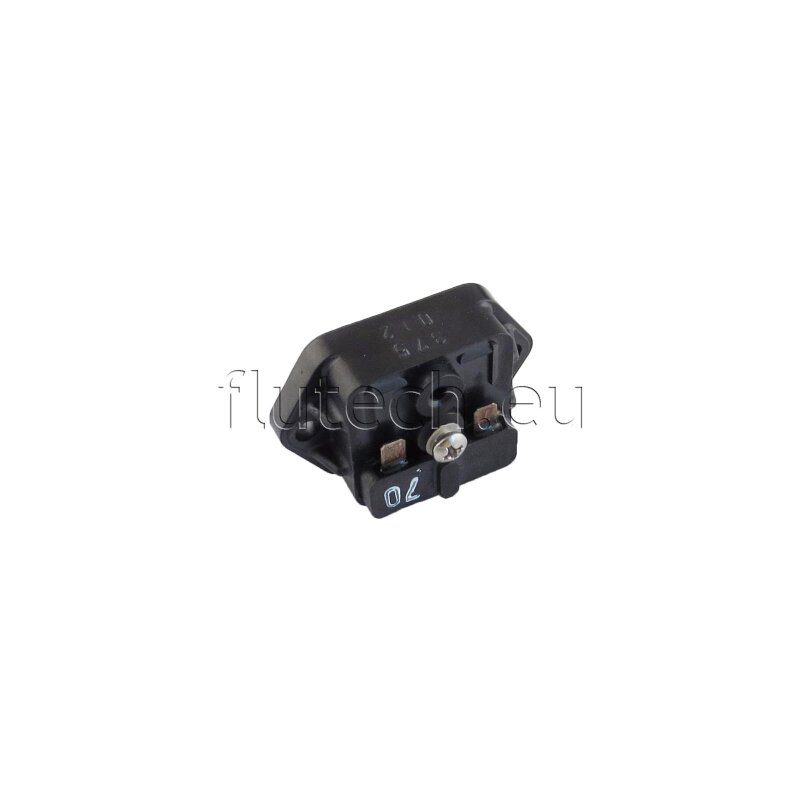

The Pascal is still the most commonly used means of measurement for pressure in scientific contexts, even in countries which use the imperial system, so scientists often have to convert PSI to Pascals. A Pascal means one Newton per square meter. Pascals measure pressure by unit area, and since Newtons (which get their name from Sir Isaac Newton) measure applied strength for the metric system, both are often correlated. In mathematics and science, the Pascals and kPa are well more used than Bars, however, in countries which use the imperial system, kPa are converted to PSI. It is widely accepted as more reputable than the Bar, for reasons which we will discuss in further detail along this article. It is commonly used in most of Europe, except for Britain where the imperial system is way more commonly used. Pascals are quite a small unit mostly used to measure low pressure environments, and that’s why tyre pressure is commonly measured in kPa in countries which follow the metric system (think kilometres and kilograms instead of miles and pounds). Pascals owe their name to Blaise Pascal, a French scientist who was particularly interested in measuring the strength needed in diverse hydraulic systems. The kPa equals to 1000 Pascals and it is a metric unit used to measure pressure.
70 psi to bar how to#
To find out more about these tyre pressure measure systems, read on and find out how to convert from one to the others whenever needed.Ĭheckout our Tyre Pressure Charts for popular car models.

70 psi to bar full#
The right weight is a good deal for what you get but is just a fixed scale with an adjustable max point, acculturate above say 65% of maxĪny ideas? till i am flush i wont be buying any scale systems and am only full of theory not practical data.Have you ever wondered why tyre pressure is not measured the same way around the world? There are three different types of measurements used around the world for tyre pressure, from PSI to Bar to kPa. we would not need to know any thing else except the "calibration" point usually the max weight for best critical point accuracy and the ride height valve configuration. I think there aren't many scales needed but I am not sure if its 2, 4, or 6. single axles with 2 or possibly 4 bags and one ride height valve, tractor or trailer, the #1 may double as this set idk.and one for 2 axles 4 bags 2 ride height valves also trailer or tractor.one scale for 2 axles 4 bags and one ride height valve, trailer or tractor.so its more like a slide rule that takes the pressure in the bags and converts it to pounds of weight, so the scale would be correct but the differential would need adjusted, if the you weight at max weight and record max pressure shouldn't the scales "zero" point then be elementary? but how to generate the scale? perhaps its: Lets take a Right Weigh like which i have used for years without issue and infrequent calibration, it has a fixed scale that works off a single ride height valve and the resulting pressure in the air bags, no matter the size of the bags or the length of line or any other variable -except the valve. Click to expand.Not quite a conversion table.


 0 kommentar(er)
0 kommentar(er)
